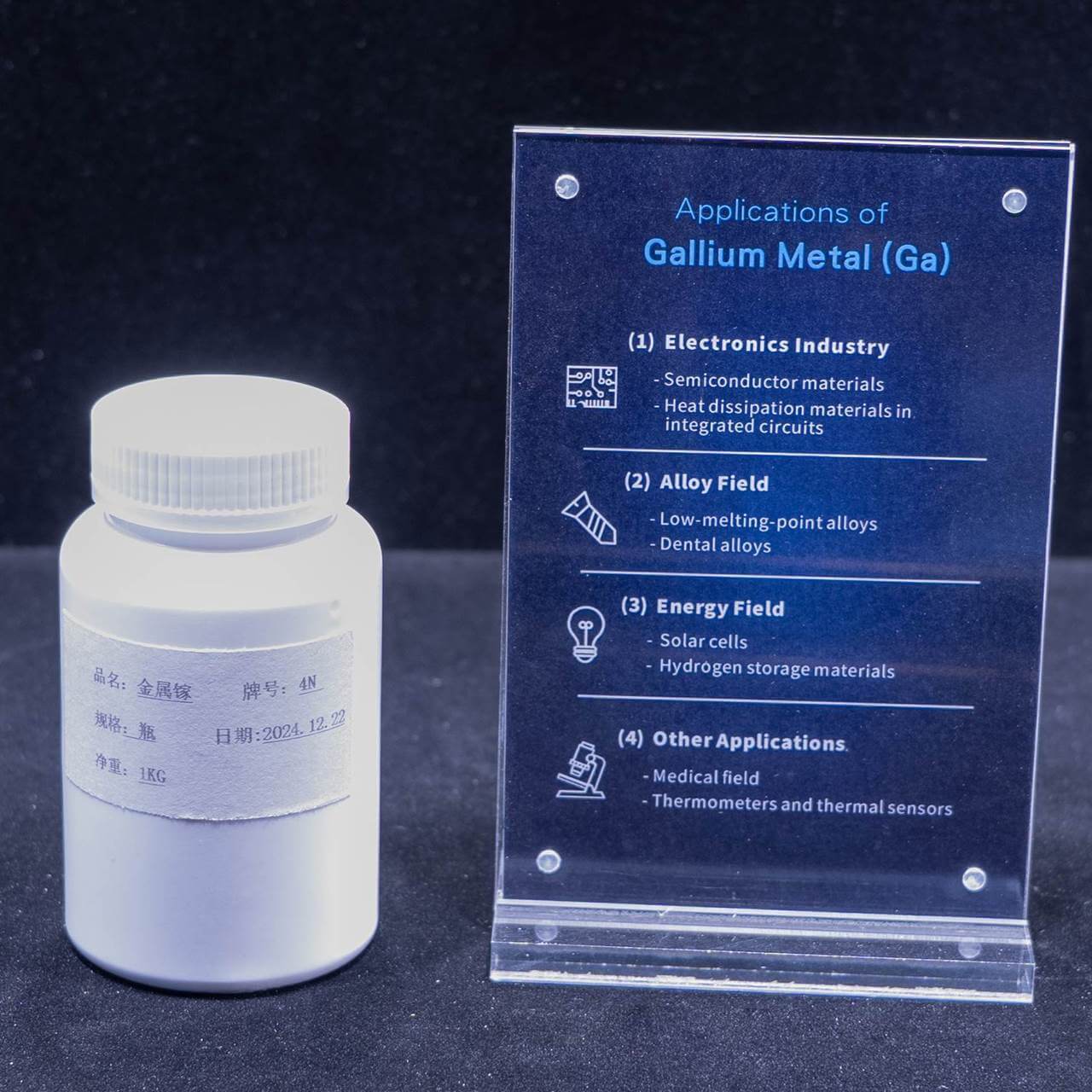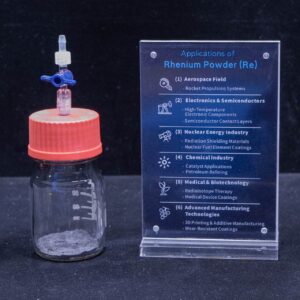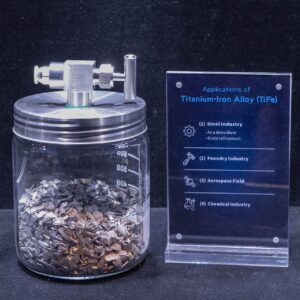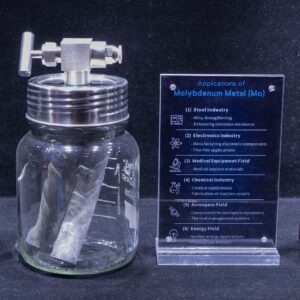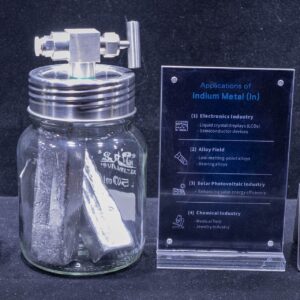Basic Information
Gallium (Ga) is a gray-blue or silvery-white metal with an atomic number of 31. It is in Group 13 of the periodic table, belonging to the boron group elements, and has a relative atomic mass of approximately 70.92.
Physical Properties
Melting and Boiling Points
Gallium has unique physical properties. Its melting point is extremely low, only 29.76°C, which allows it to melt in the palm of your hand, while its boiling point is as high as 2403°C. This low melting point and high boiling point characteristic enable it to play a role in many special thermal application scenarios.Density and Hardness
With a density of 5.91 g/cm³, gallium has a relatively low hardness, approximately 1.5 on the Mohs scale, making it soft and easily processable into various shapes.Thermal Expansion Coefficient and Thermal Conductivity
Gallium has a large thermal expansion coefficient, meaning its volume changes significantly with temperature variations. Additionally, it possesses good thermal conductivity, which offers certain advantages in thermal management applications.Chemical Properties
Oxidation States and Reactivity
Gallium primarily exhibits the +3 oxidation state in compounds. It is relatively stable in air, with a thin oxide film forming on its surface that prevents further oxidation.Reactions with Acids and Bases
Gallium can react with strong acids and strong bases. For example, it reacts with hydrochloric acid to produce gallium chloride (GaCl₃) and hydrogen gas, and with sodium hydroxide to produce sodium gallate (NaGaO₂) and hydrogen gas.Application Scenarios
Electronic Industry
Semiconductor MaterialsGallium is an important material for manufacturing semiconductors, especially gallium arsenide (GaAs). GaAs is a direct bandgap semiconductor with advantages such as high electron mobility and appropriate bandgap width. It is widely used in the manufacture of high-frequency, high-speed electronic devices, such as microwave integrated circuits, high-speed logic circuits, and optoelectronic devices (such as light-emitting diodes and laser diodes). Compared to traditional silicon semiconductors, GaAs devices can provide higher operating frequencies and lower signal losses in high-frequency communication fields (such as 5G communication technology).
Thermal Management Materials in Integrated Circuits
Due to gallium’s good thermal conductivity, it can be used for thermal management in integrated circuits. In some high-performance computer chips and electronic devices, using gallium or gallium alloys for heat sink components can effectively dissipate the heat generated by the chips, thereby improving the reliability and performance of the devices.
Alloy Field
Low-Melting-Point AlloysGallium can form low-melting-point alloys with other metals. For example, alloys composed of gallium, indium, and tin have extremely low melting points. These alloys can be used to manufacture temperature-sensitive components, such as temperature control switches and fuses. When the temperature reaches the alloy’s melting point, the alloy melts, thereby achieving circuit interruption or other control functions.
Dental Alloys
In dental materials, gallium alloys also have certain applications. Gallium alloys can serve as substitutes for amalgam alloys, used for filling dental care and other purposes. Compared to amalgam alloys, gallium alloys have advantages such as being mercury-free and having good biocompatibility.
Energy Field
Solar CellsIn copper indium gallium selenide (CIGS) thin-film solar cells, gallium is an important component. By adjusting the proportion of gallium in the alloy, the photoelectric conversion efficiency and electrical properties of the solar cell can be changed. CIGS solar cells have characteristics such as low cost, high efficiency, and good stability, and have broad application prospects in the renewable energy field.
Hydrogen Storage Materials
Some compounds of gallium can serve as hydrogen storage materials. In hydrogen energy research, researchers have found that some gallium-based compounds can absorb and release hydrogen under certain conditions, providing a possible solution for the storage and transportation of hydrogen energy in the future.
Other Applications
Medical FieldSome compounds of gallium have potential medical applications. For example, gallium nitrate has made certain research progress in the treatment of certain cancers (such as non-Hodgkin’s lymphoma) and hypercalcemia. Gallium ions can interfere with the metabolic processes of cancer cells, thereby exerting anticancer effects.
Thermometers and Heat Sensors
Due to gallium’s low melting point, it can be used to manufacture special thermometers and heat sensors. These thermometers can be used to measure low-temperature environments or in situations requiring high-precision temperature measurement.

